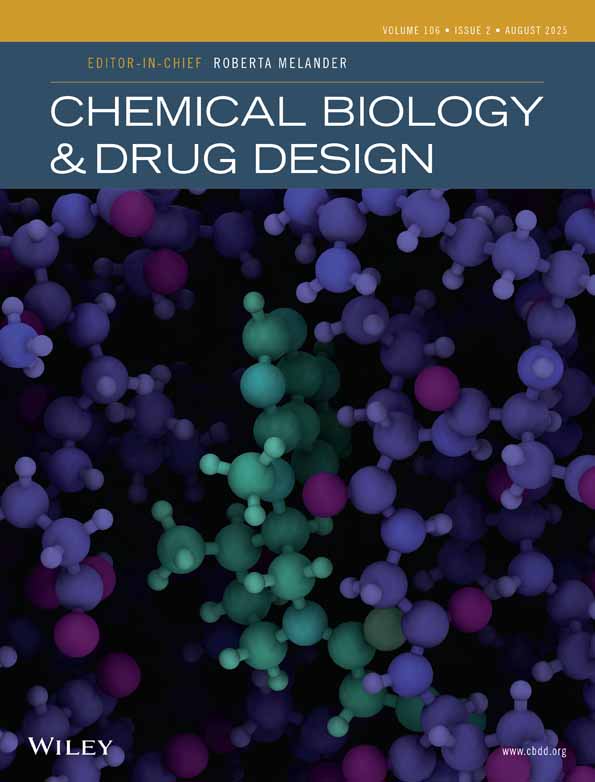ASYMMETRIC HYDROGENATION OF UNSATURATED PEPTIDES
Abstract
Eleven unsaturated peptides, containing one or two dehydro-phenylalanyl (dehydro-Phe) residues and a C-terminal L-amino acid have been hydrogenated in the presence of palladium-on-charcoal.
Hydrolysis of the saturated peptides thus obtained gave optically active phenylalanine showing the occurrence of asymmetric induction during the hydrogenation.
Both mono-unsaturated dipeptides and doubly unsaturated tripeptides with L-Glu, L-Leu and L-Val as chiral end-group afforded L-Phe in 40–50% optical yield. In the case of the tripeptide N-acetyl-(dehydro-Phe)-(dehydro-Tyr)-L-Glu the asymmetric induction was higher (70%) for the unsaturated residue which is farther from the chiral end-group along the peptide chain.
The results are discussed on the bases of Prelog rule and the rigid dissymmetric conformation of the dehydropeptides in solution.




